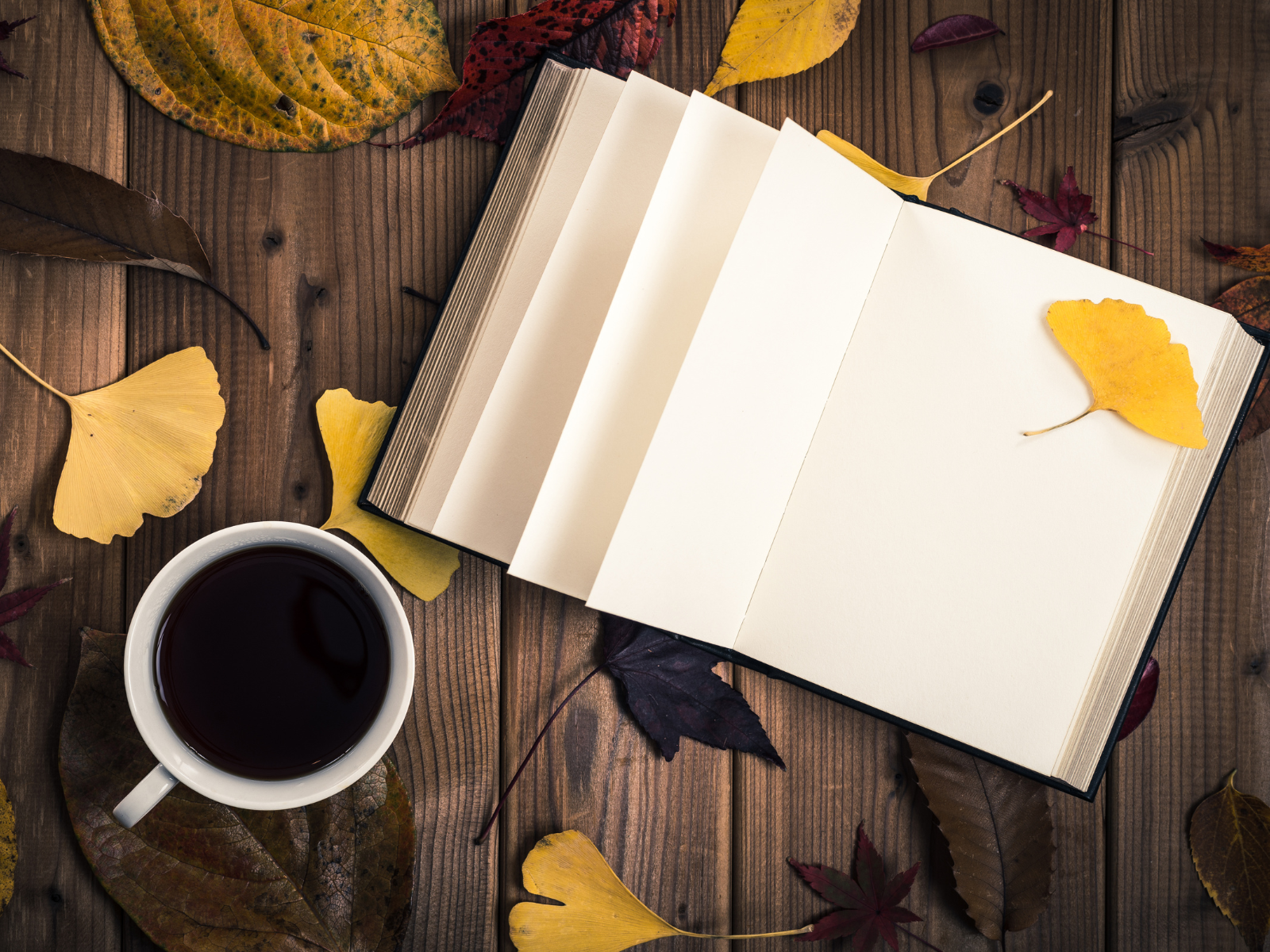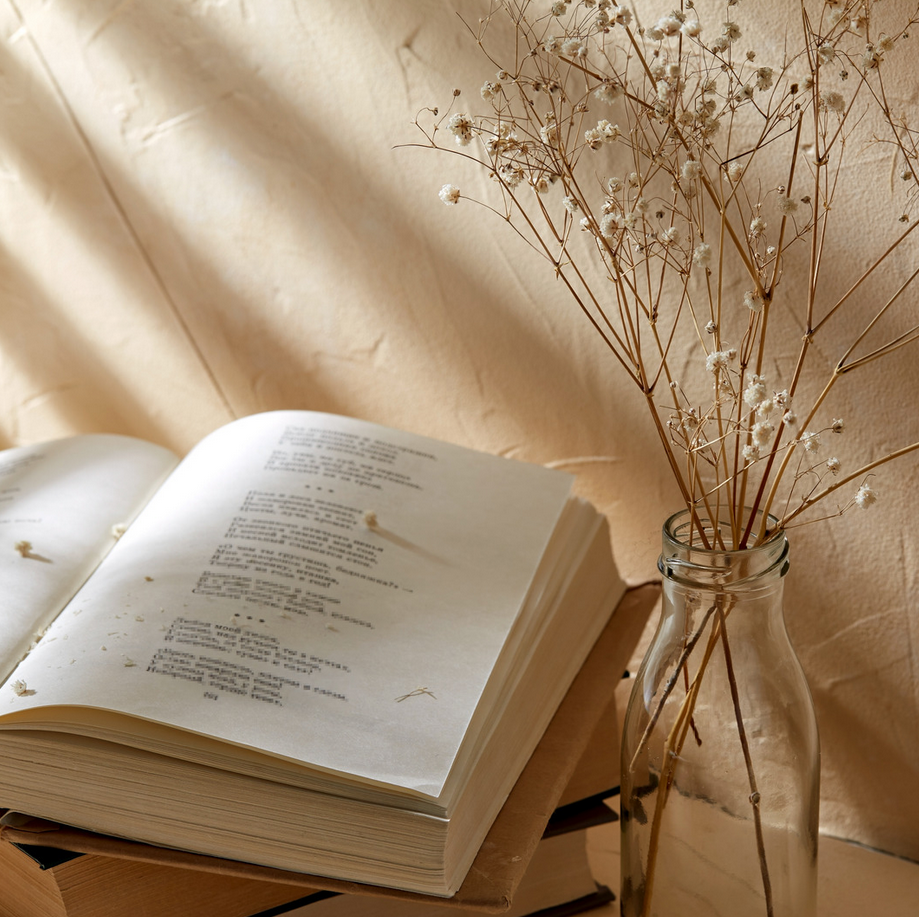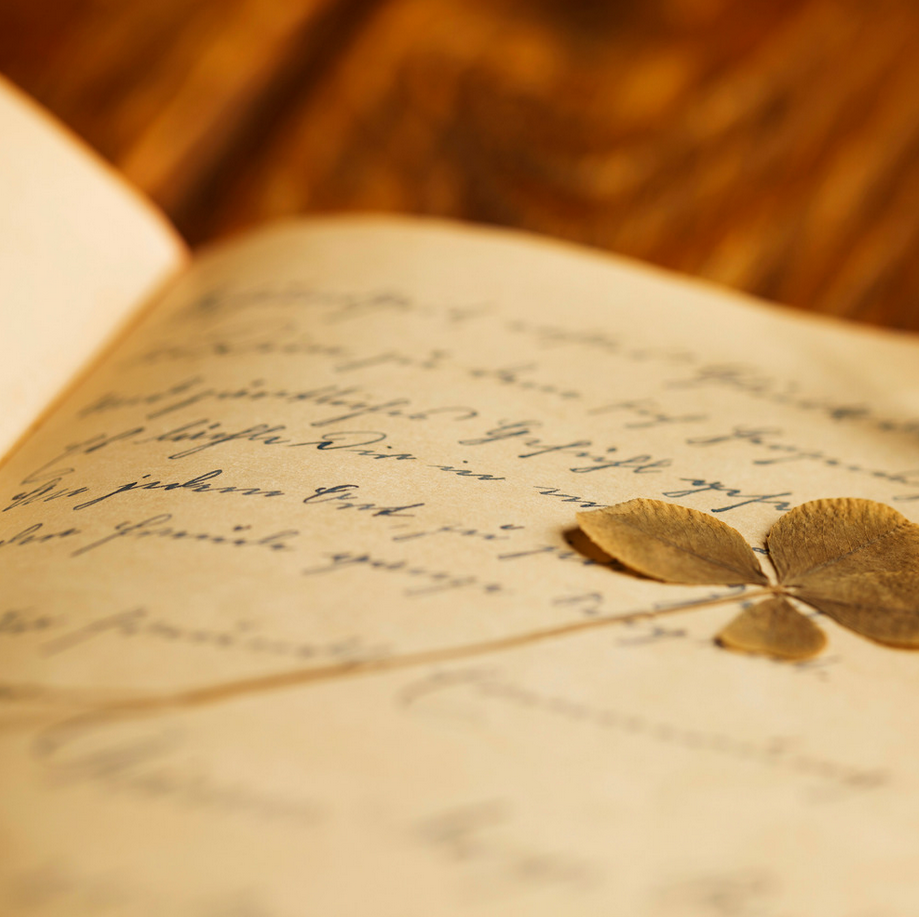Poetry is a unique form of creative writing that has captivated readers for centuries.
From the epic poem to the modern poetry movement, poets have used their craft to express a wide range of emotions, ideas, and stories.
But do all poems have a message?
This question has sparked much debate among literary scholars and enthusiasts alike.
In this article, we will explore the various aspects of poetry, including its forms, devices, and purposes, to determine whether every poem carries a message.
Key Takeaways:
- Not all poems are crafted with a clear message; some focus on emotions, imagery, or sound.
- Various poetic forms, such as blank verse poetry and free verse poetry, offer different approaches to conveying meaning.
- Understanding the elements of poetry, including rhyme scheme, figurative language, and poetic devices, can enhance the appreciation of a poem's potential message.
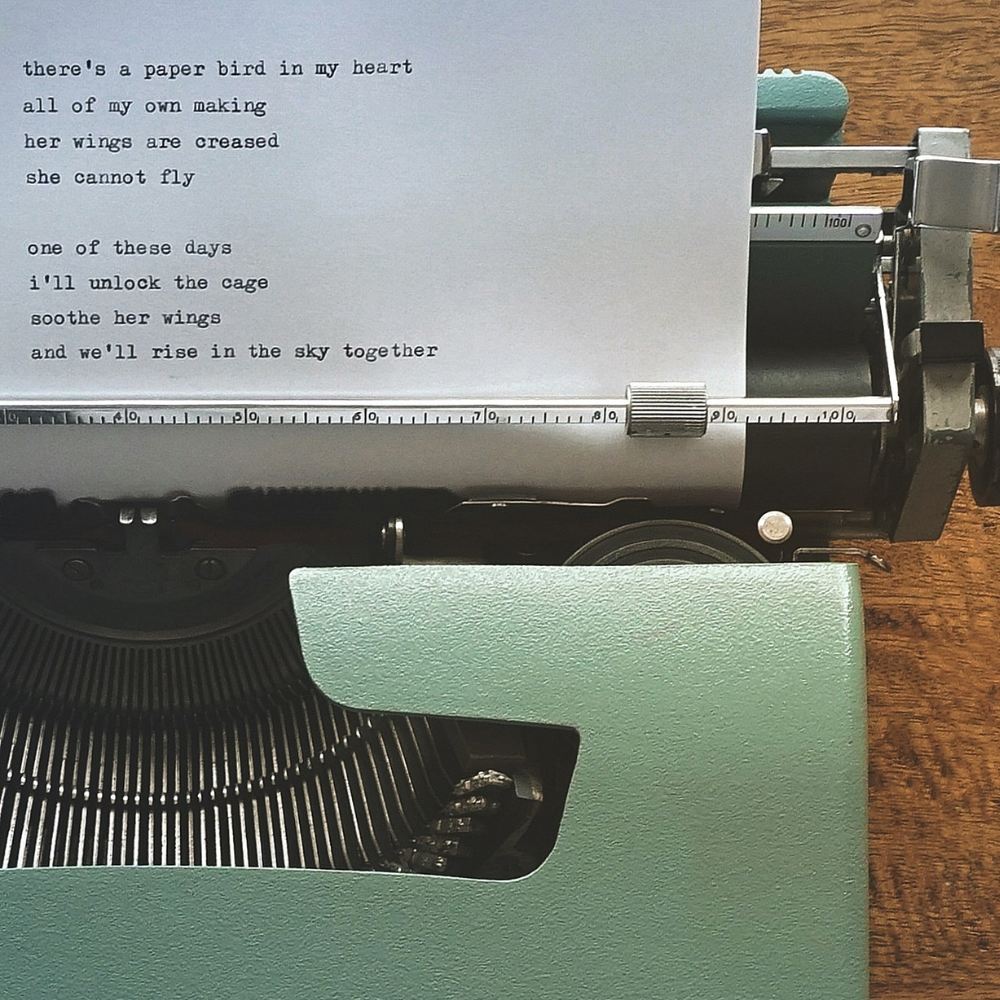
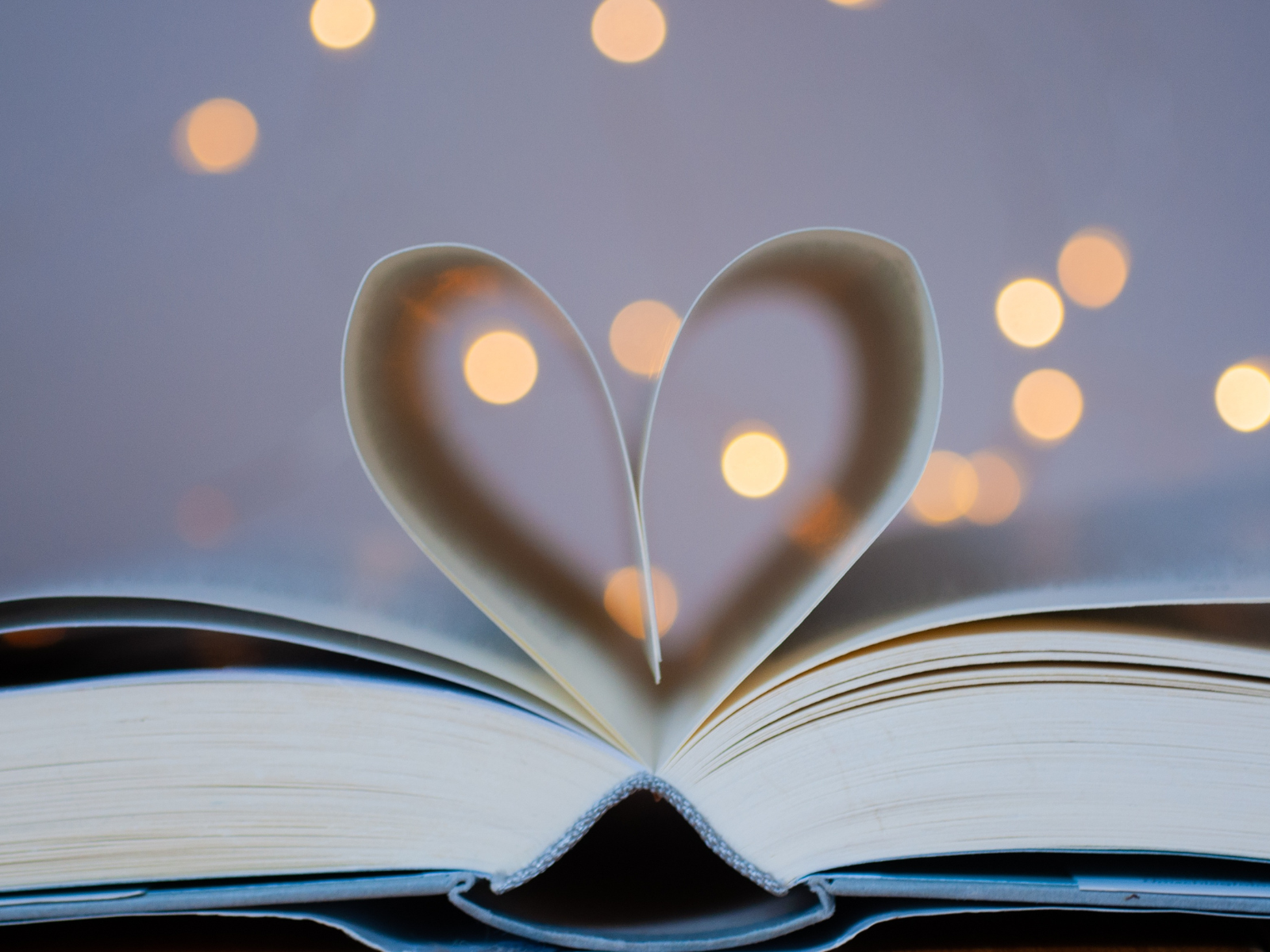
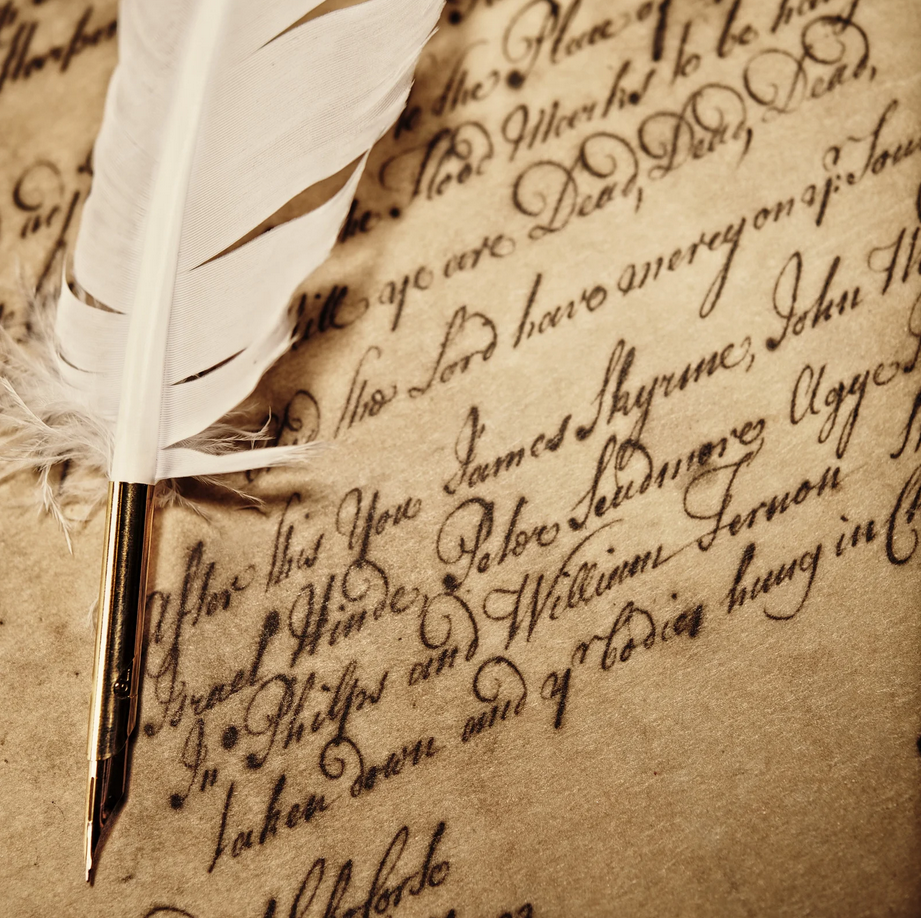
The Nature of Poetry
Poetry is an art form that uses language in a concentrated and often rhythmic way to evoke emotions, create imagery, and convey ideas.
Unlike prose, which follows a more straightforward narrative structure, poetry relies on elements such as line breaks, meter, and rhyme scheme to create its unique effect.
Many poets use these elements to craft poems that resonate with readers on a deeper level.
However, not all poems are created with the intention of delivering a clear message.
Some poems are designed to evoke a particular feeling or to paint a vivid picture in the reader's mind.
For example, a haiku, a traditional Japanese form of poetry, often focuses on capturing a moment in nature rather than conveying a specific message.
This highlights the diverse purposes that poetry can serve.
Poetic Forms and Their Purposes
There are numerous poetic forms, each with its own set of rules and conventions.
Some of the most well-known forms include sonnets, haikus, and blank verse poetry.
Each form offers poets a different way to express their ideas and emotions.
For instance, a sonnet, with its strict rhyme scheme and metrical pattern, is often used to explore themes of love and beauty.
On the other hand, free verse poetry, which lacks a fixed structure, allows poets to experiment with language and form in a more liberated way.
Narrative poetry, such as Samuel Taylor Coleridge's "The Rime of the Ancient Mariner," tells a story through verse.
These poems often have a clear message or moral, as they are designed to convey a particular narrative.
In contrast, lyric poetry focuses more on personal emotions and experiences, and may not always have a discernible message.
This variety in poetic forms demonstrates that while some poems are crafted with a specific message in mind, others prioritize different aspects of the poetic experience.
The Role of Figurative Language
Figurative language is a key component of poetry, allowing poets to create vivid imagery and convey complex ideas in a concise manner.
Metaphors, similes, and personification are just a few examples of the figurative language that poets use to enhance their work.
These devices can add layers of meaning to a poem, making it more engaging and thought-provoking for the reader.
However, the use of figurative language does not necessarily mean that a poem has a clear message.
Sometimes, poets use these devices to create a particular mood or to explore abstract concepts without intending to convey a specific message.
For example, the poem "The Red Wheelbarrow" by William Carlos Williams uses simple imagery and language to evoke a sense of stillness and contemplation, without delivering a clear message.
This illustrates how figurative language can be used to enhance the aesthetic quality of a poem rather than to communicate a specific idea.
The Importance of Sound in Poetry
Sound plays a crucial role in poetry, as it contributes to the overall rhythm and musicality of a poem.
Poets often use techniques such as alliteration, assonance, and consonance to create pleasing sound patterns and to emphasize certain words or phrases.
Reading a poem aloud can help to highlight these sound patterns and to enhance the reader's appreciation of the poem's musical qualities.
While the sound of a poem can add to its emotional impact, it does not always contribute to a clear message.
Some poems are written primarily for their auditory effects, with the sound taking precedence over the meaning.
For example, the poem "Jabberwocky" by Lewis Carroll is filled with nonsensical words and phrases, creating a whimsical and playful soundscape without conveying a specific message.
This demonstrates that the sound of a poem can be an important aspect of its overall effect, even if it does not contribute to a clear message.
The Influence of Modern Poetry
Modern poetry has pushed the boundaries of traditional poetic forms and conventions, allowing poets to experiment with language and structure in new and innovative ways.
This has led to the creation of poems that prioritize form and experimentation over clear messages.
For example, concrete poetry, which uses the visual arrangement of words on the page to create meaning, often focuses more on the visual impact than on conveying a specific message.
Additionally, many modern poets use free verse poetry to explore themes and ideas in a more open-ended and ambiguous way.
This allows readers to interpret the poem in their own way, finding their own meaning within the text.
This shift towards a more subjective and interpretive approach to poetry highlights the idea that not all poems are created with a clear message in mind.
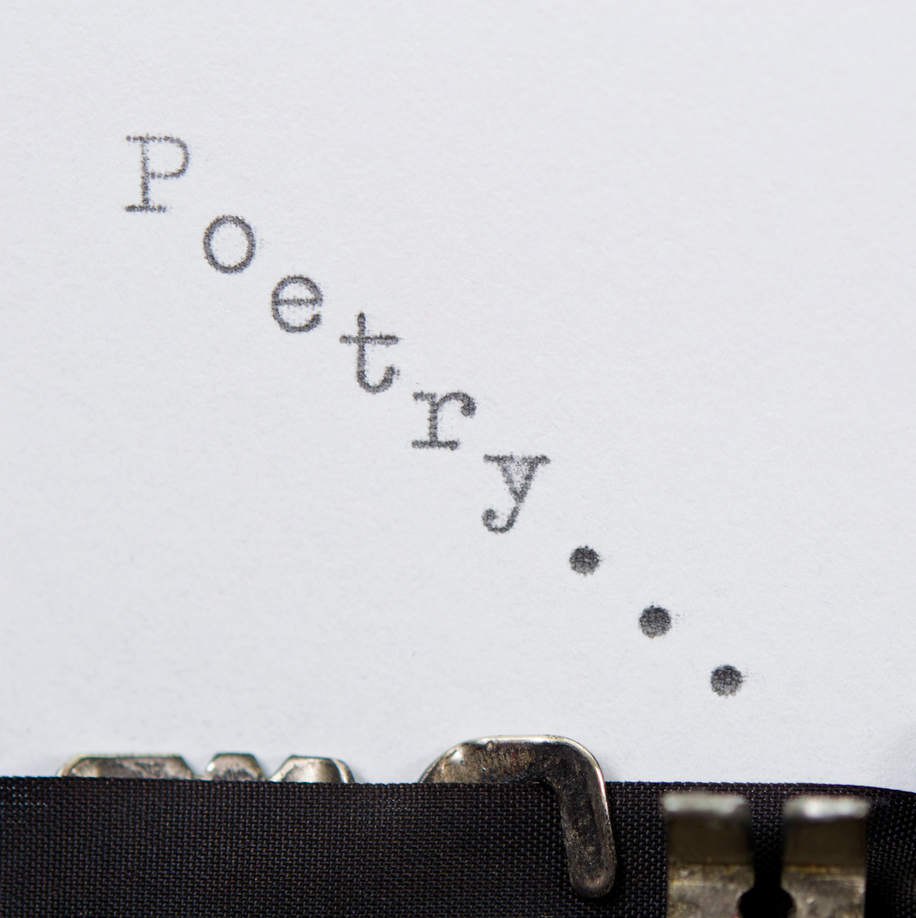
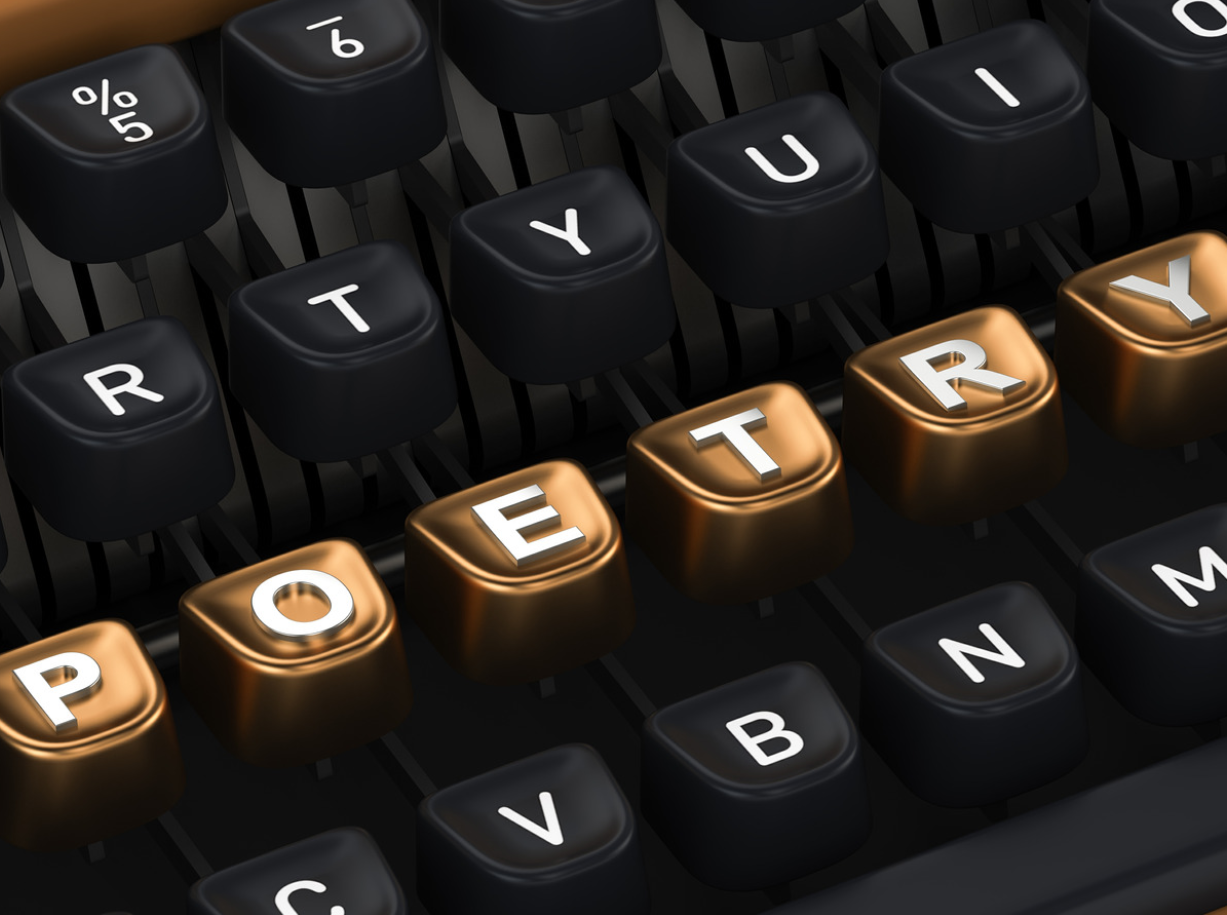

The Role of the Reader
The interpretation of a poem is often influenced by the reader's own experiences, emotions, and perspectives.
This means that different readers may find different meanings within the same poem.
While some poems are crafted with a specific message in mind, others are more open to interpretation, allowing readers to find their own meaning within the text.
This subjective nature of poetry means that the presence of a clear message is not always necessary for a poem to be meaningful or impactful.
A poem can evoke emotions, create vivid imagery, or explore abstract concepts without delivering a specific message.
This highlights the idea that the value of a poem lies not only in its message but also in its ability to resonate with readers on a personal level.
The Use of Poetic Devices
Poetic devices such as imagery, symbolism, and irony are often used to add depth and complexity to a poem.
These devices can create layers of meaning, allowing readers to explore different interpretations of the text.
For example, the use of symbolism in a poem can add a deeper level of meaning, as certain objects or images may represent larger ideas or themes.
However, the use of poetic devices does not always mean that a poem has a clear message.
Sometimes, these devices are used to create a particular mood or to explore abstract concepts without intending to convey a specific message.
This demonstrates that while poetic devices can add depth and complexity to a poem, they do not always contribute to a clear message.
The Impact of Cultural and Historical Context
The cultural and historical context in which a poem is written can also influence its meaning and interpretation.
Poets often draw on their own experiences and the world around them to create their work, and this context can add layers of meaning to a poem.
For example, the poem "The Waste Land" by T.S. Eliot is heavily influenced by the cultural and historical context of the early 20th century, and its meaning is deeply intertwined with the events and ideas of that time.
However, the cultural and historical context does not always mean that a poem has a clear message.
Sometimes, poets use their work to explore abstract concepts or to create a particular mood, without intending to convey a specific message.
This demonstrates that while the cultural and historical context can add depth and complexity to a poem, it does not always contribute to a clear message.
The Role of Emotion in Poetry
Emotion is a central component of poetry, as poets often use their work to express their own feelings and experiences.
This emotional aspect of poetry can create a powerful connection between the poet and the reader, allowing the reader to experience the poet's emotions in a visceral way.
For example, the poem "Do Not Go Gentle into That Good Night" by Dylan Thomas is a passionate plea to the poet's dying father, and its emotional intensity is a key part of its impact.
However, the emotional aspect of poetry does not always mean that a poem has a clear message.
Sometimes, poets use their work to explore their own emotions without intending to convey a specific message.
This demonstrates that while emotion is a central component of poetry, it does not always contribute to a clear message.
The Role of Imagery in Poetry
Imagery is a key component of poetry, as it allows poets to create vivid pictures in the reader's mind.
Poets often use descriptive language and sensory details to create these images, allowing the reader to experience the poem in a more immersive way.
For example, the poem "I Wandered Lonely as a Cloud" by William Wordsworth uses vivid imagery to describe a field of daffodils, creating a beautiful and evocative picture in the reader's mind.
However, the use of imagery does not always mean that a poem has a clear message.
Sometimes, poets use imagery to create a particular mood or to explore abstract concepts without intending to convey a specific message.
This demonstrates that while imagery is a key component of poetry, it does not always contribute to a clear message.
The Role of Structure in Poetry
The structure of a poem, including its line breaks, stanza breaks, and overall form, can have a significant impact on its meaning and effect.
Poets often use structure to create emphasis, to control the pacing of the poem, and to create a particular rhythm.
For example, the poem "The Road Not Taken" by Robert Frost uses a regular rhyme scheme and meter to create a sense of order and balance, which contrasts with the poem's theme of uncertainty and choice.
However, the structure of a poem does not always mean that it has a clear message.
Sometimes, poets use structure to create a particular effect or to explore abstract concepts without intending to convey a specific message.
This demonstrates that while structure is a key component of poetry, it does not always contribute to a clear message.
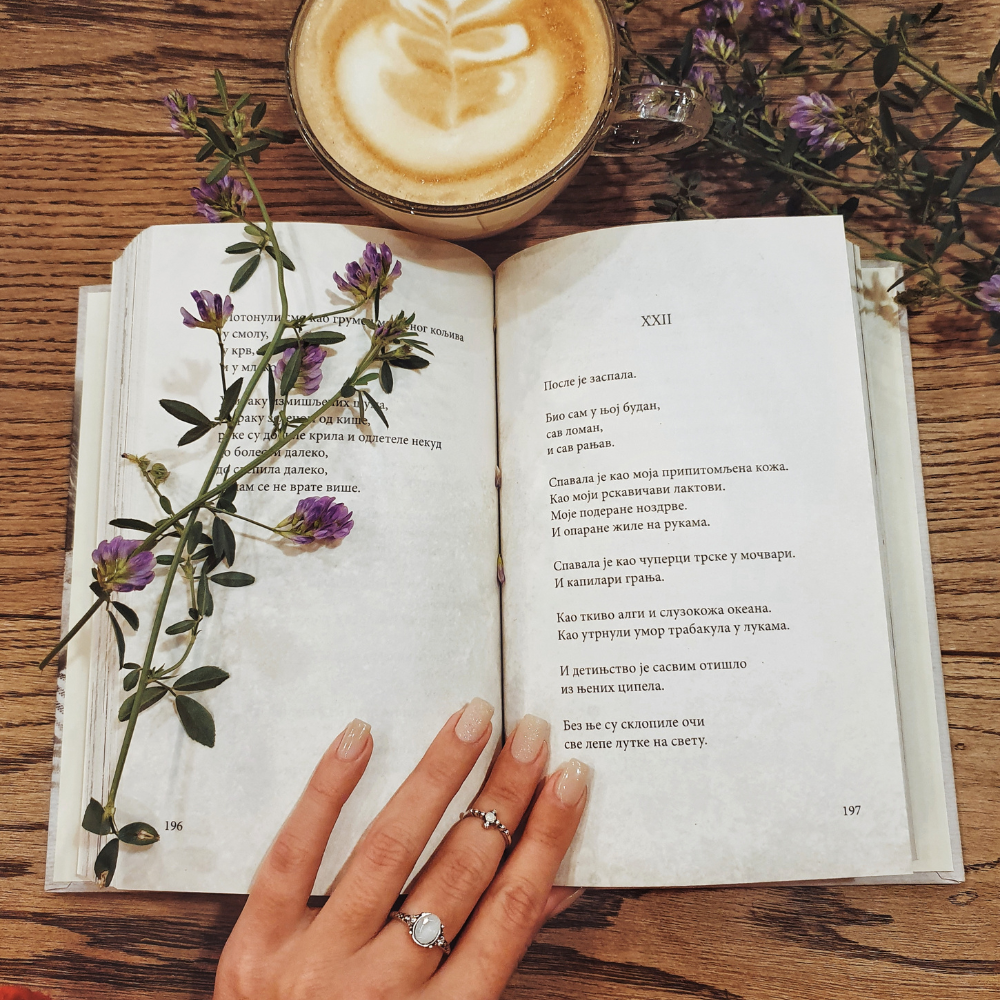
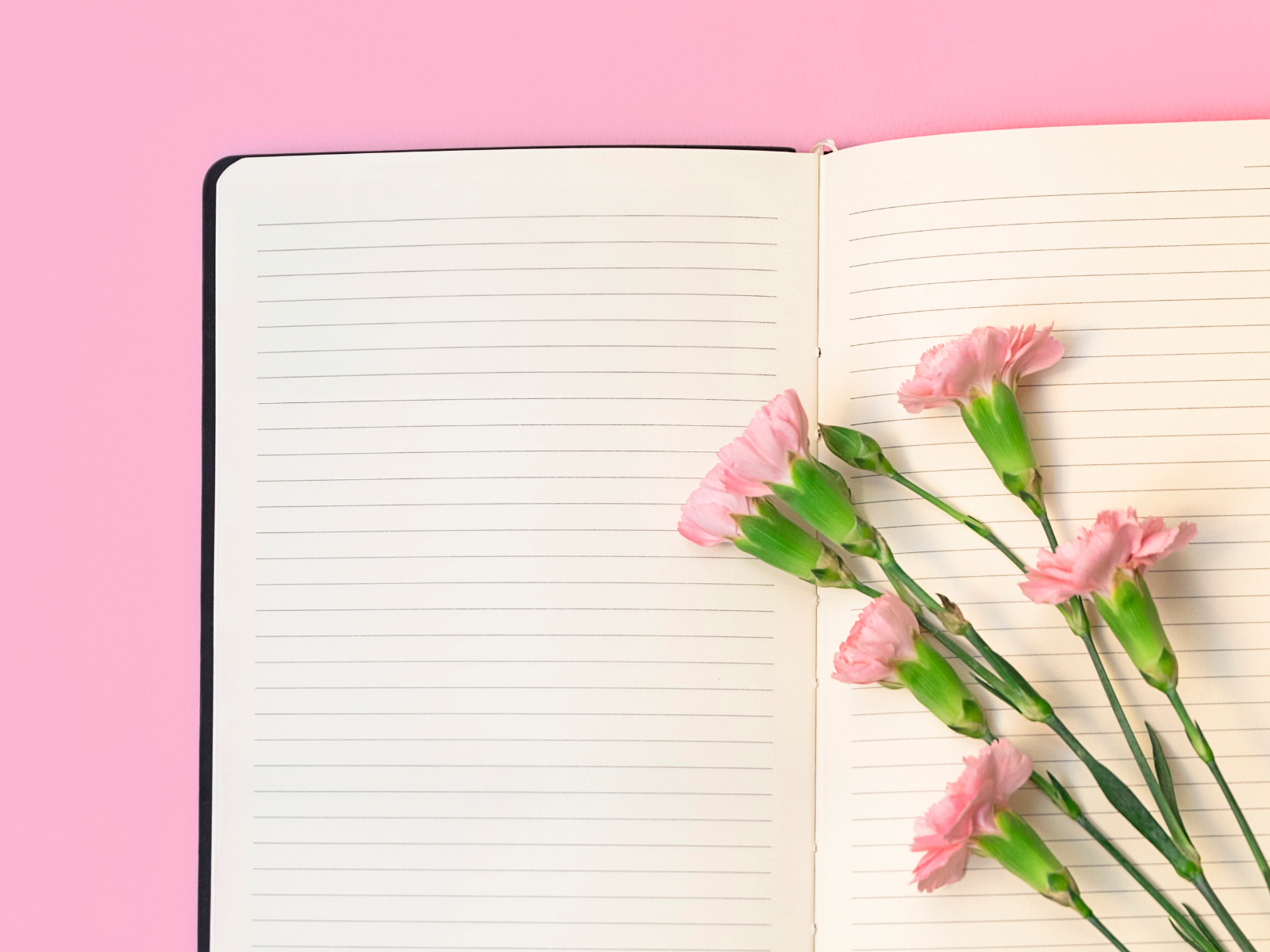
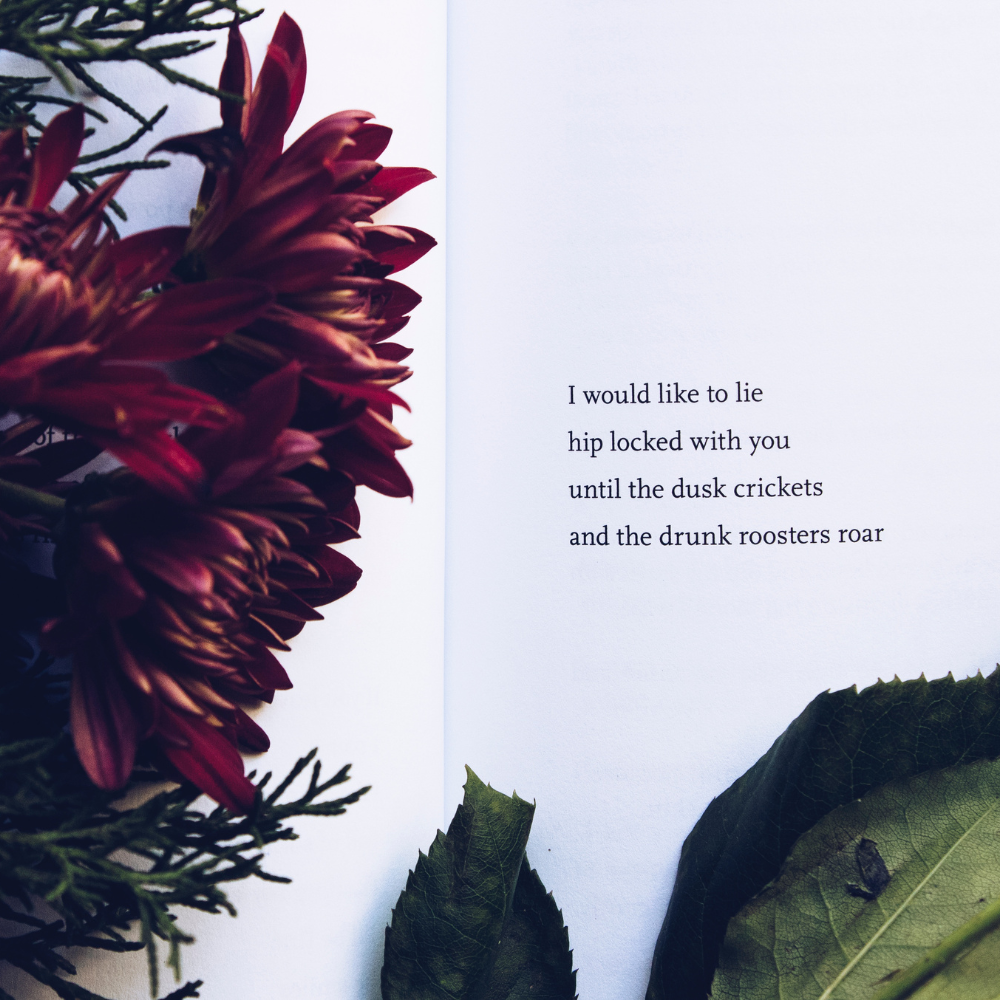
The Role of Language in Poetry
Language is the primary tool that poets use to create their work, and the choice of words and phrases can have a significant impact on the meaning and effect of a poem.
Poets often use specific words and phrases to create a particular mood, to evoke certain emotions, or to convey complex ideas in a concise manner.
For example, the poem "The Love Song of J. Alfred Prufrock" by T.S. Eliot uses rich and evocative language to create a sense of melancholy and introspection.
However, the use of language does not always mean that a poem has a clear message.
Sometimes, poets use language to create a particular effect or to explore abstract concepts without intending to convey a specific message.
This demonstrates that while language is a key component of poetry, it does not always contribute to a clear message.
The Role of Rhythm in Poetry
Rhythm is a key component of poetry, as it contributes to the overall musicality and flow of a poem.
Poets often use meter, which is the pattern of stressed and unstressed syllables, to create a particular rhythm.
For example, iambic pentameter, which consists of five feet of two syllables each, is a common metrical pattern in English poetry.
However, the use of rhythm does not always mean that a poem has a clear message.
Sometimes, poets use rhythm to create a particular effect or to explore abstract concepts without intending to convey a specific message.
This demonstrates that while rhythm is a key component of poetry, it does not always contribute to a clear message.
The Role of Theme in Poetry
Theme is a central component of poetry, as it represents the underlying ideas or messages that the poet is exploring.
Poets often use their work to explore themes such as love, death, nature, and identity.
For example, the poem "Ode to a Nightingale" by John Keats explores themes of beauty, mortality, and the transcendent power of art.
However, the presence of a theme does not always mean that a poem has a clear message.
Sometimes, poets use their work to explore themes in a more open-ended and ambiguous way, allowing readers to find their own meaning within the text.
This demonstrates that while theme is a key component of poetry, it does not always contribute to a clear message.
The Role of Interpretation in Poetry
The interpretation of a poem is often influenced by the reader's own experiences, emotions, and perspectives.
This means that different readers may find different meanings within the same poem.
While some poems are crafted with a specific message in mind, others are more open to interpretation, allowing readers to find their own meaning within the text.
This subjective nature of poetry means that the presence of a clear message is not always necessary for a poem to be meaningful or impactful.
A poem can evoke emotions, create vivid imagery, or explore abstract concepts without delivering a specific message.
This highlights the idea that the value of a poem lies not only in its message but also in its ability to resonate with readers on a personal level.
The Role of the Poet
The poet's intentions and experiences play a significant role in the creation of a poem.
Poets often draw on their own emotions, experiences, and perspectives to create their work, and this personal aspect can add depth and complexity to a poem.
For example, the poem "Daddy" by Sylvia Plath is deeply personal, drawing on the poet's own experiences and emotions to create a powerful and evocative work.
However, the poet's intentions do not always mean that a poem has a clear message.
Sometimes, poets use their work to explore abstract concepts or to create a particular mood without intending to convey a specific message.
This demonstrates that while the poet's intentions are a key component of poetry, they do not always contribute to a clear message.
Embracing the Multifaceted Beauty of Poetry
Poetry is a diverse and multifaceted art form that can serve a variety of purposes.
While some poems are crafted with a clear message in mind, others prioritize different aspects of the poetic experience, such as emotion, imagery, and sound.
The use of poetic forms, devices, and techniques can add depth and complexity to a poem, allowing readers to find their own meaning within the text.
The diverse purposes and forms of poetry mean that not all poems are created with the intention of delivering a clear message.
However, this does not diminish the value or impact of a poem, as the beauty of poetry lies in its ability to resonate with readers on a personal level.
Ultimately, the value of a poem lies not only in its message but also in its ability to resonate with readers on a personal level.

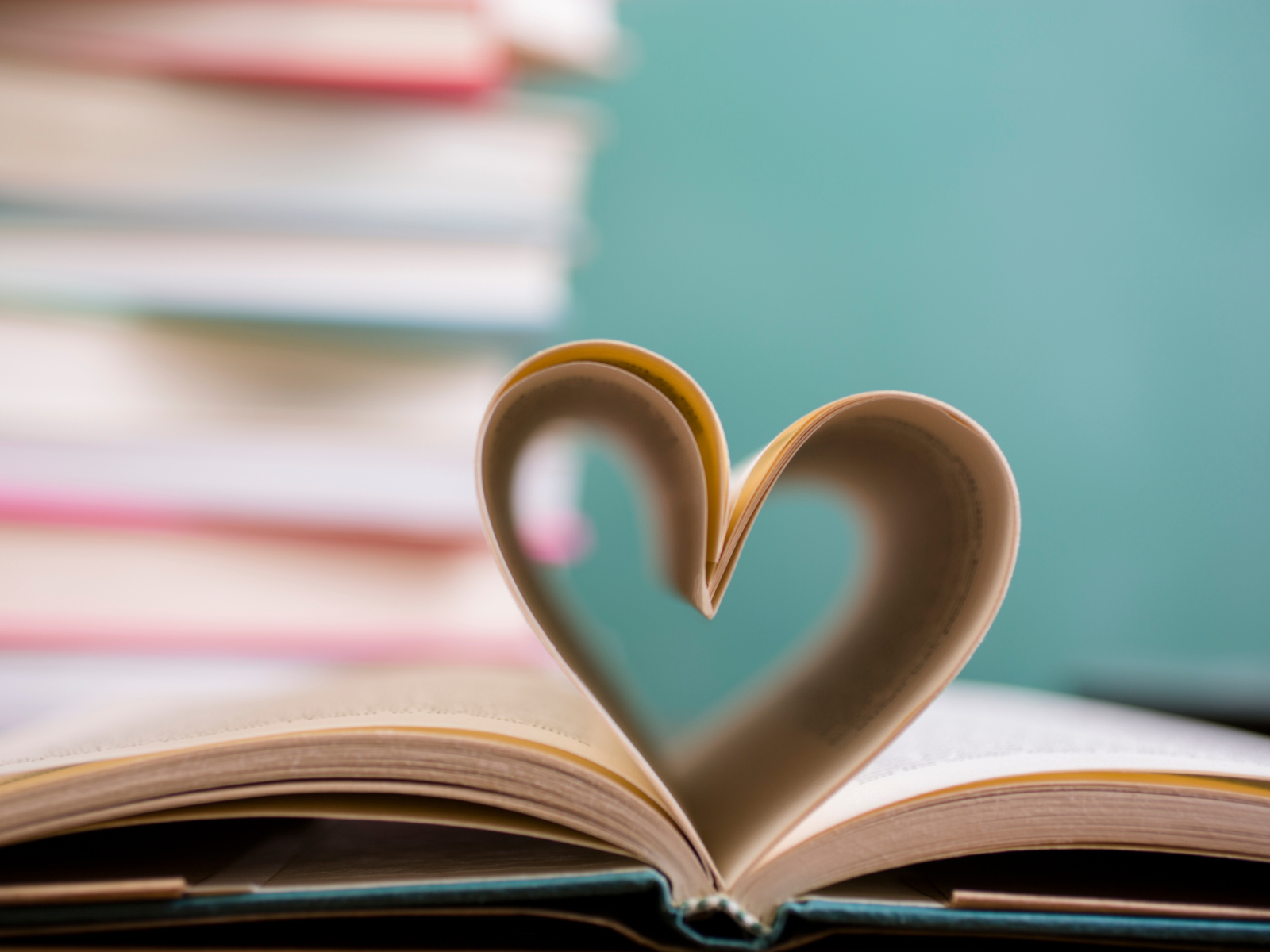
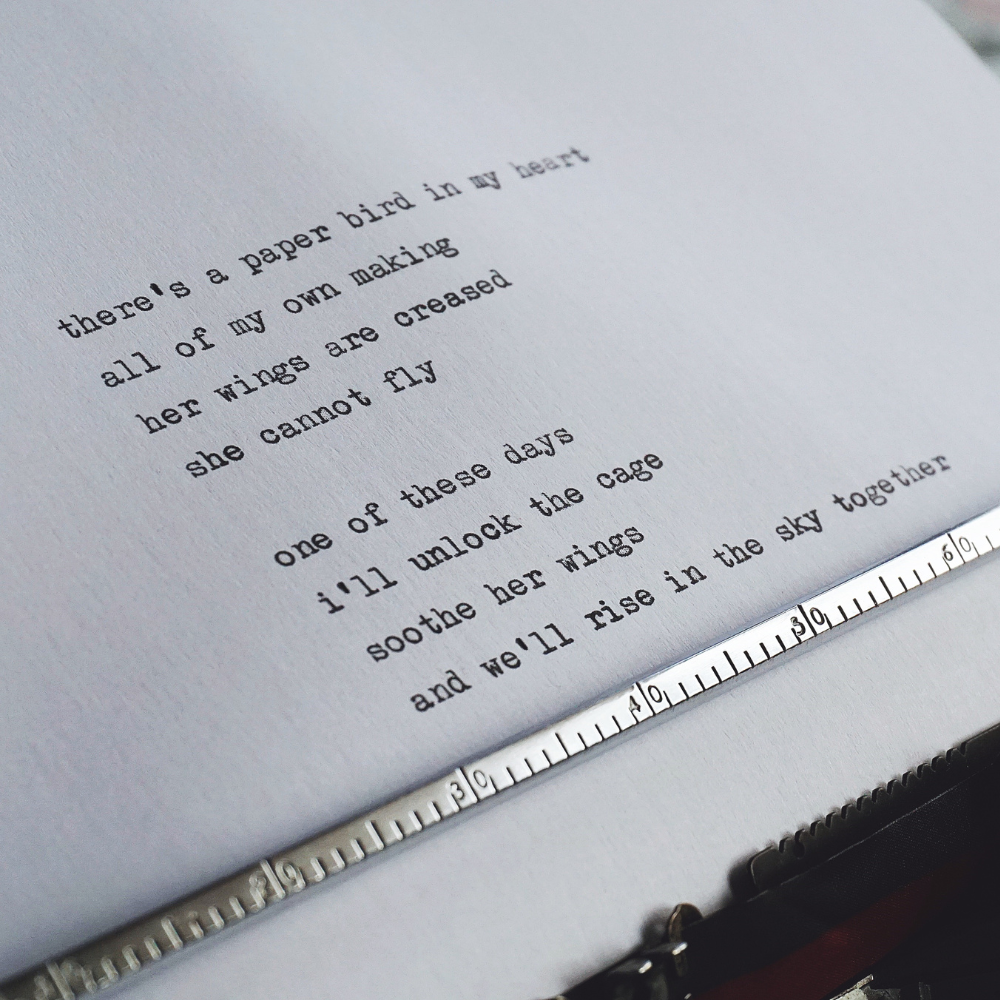
Eager to learn more about poetry? Check out Writing with Andrew's video!
Want even more content about creativity and art?
Be sure to check out all of our creative chronicles!
Love writing and poetry? Considering creating your own written masterpieces?
Check out some of our other articles and poems:


